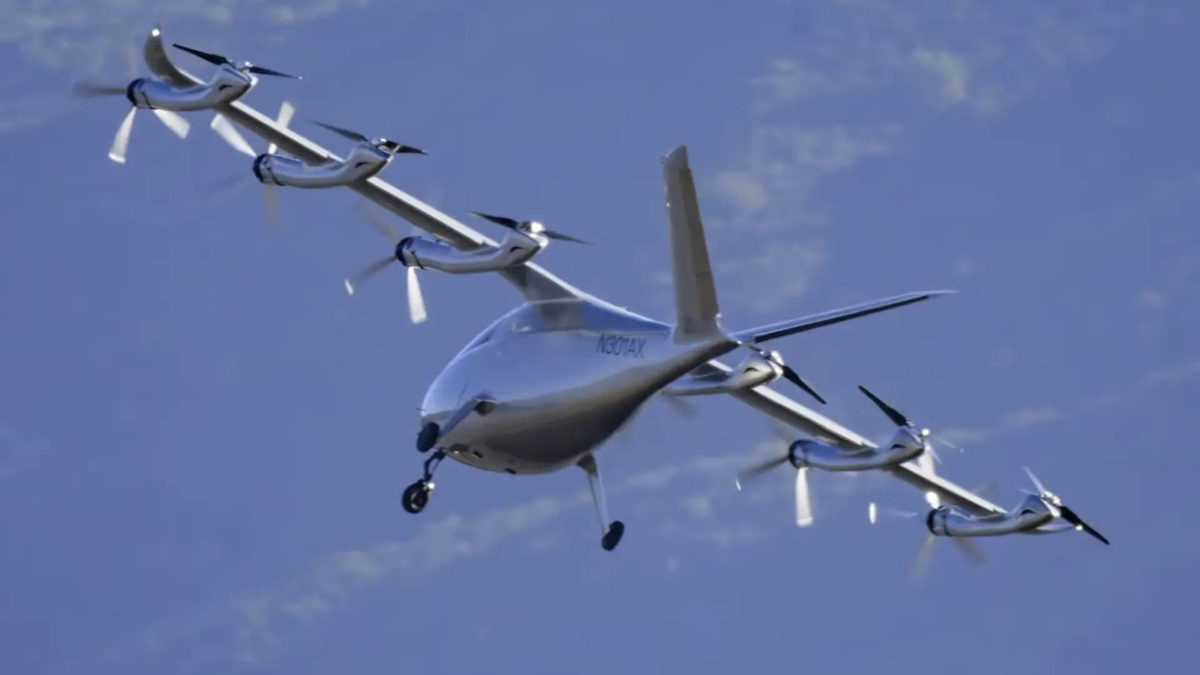Is advanced air mobility facing an ‘industry killer’?
By Pat Host|July 18, 2023
Backers of air taxis criticize power-reserve requirement and other proposed FAA rules
This story has been updated with a response from FAA and to clarify the reason conventional aircraft carry extra fuel.
HONEYWELL ADVANCED AIR MOBILITY SUMMIT, Washington, D.C. — Among the proposed rules in the United States for the coming class of electric air taxis is one that is striking a particularly sour note for backers of these vertical lift aircraft.
FAA’s proposed Special Federal Aviation Regulation, or SFAR, would require the operators of electrical vertical takeoff and landing aircraft to maintain 30 minutes of reserve power beyond their planned flight times during the day and 45 minutes of reserve power during the night. FAA’s caution is rooted in the long-standing practice that conventionally fueled fixed-wing passenger aircraft should be loaded with enough fuel to fly to an alternate airport.
The reserve rule for eVTOLs and other rules in the SFAR remain in a legally required comment period that runs through Aug. 14.
In the view of Mike Hirschberg, director of strategy for the Vertical Flight Society in Fairfax, Virginia, finalizing the reserve rule would have dire consequences for the many advanced air mobility startups attempting to forge a new mode of transportation in and around urban areas. He said that eVTOLs can land anywhere, such as on a street or in a field, negating the need for a 45-minute reserve.
“If you have a 45-minute reserve requirement, then your total flight time is zero,” Hirschberg told me in a stage-side interview. He was alluding to the fact that most business plans for advanced air mobility aircraft count on short hops of less than 45 minutes. “That is an industry killer. If that becomes a requirement, there will be no advanced air mobility.”
Another rule could complicate the plans of any air taxi developers that might want to tap today’s helicopter and fixed pilots to their fly eVTOLs. The rule in question would require eVTOL training aircraft to be equipped with dual controls. Hirschberg said this requirement would require such pilots to earn certification in a dual-control, powered-lift aircraft — FAA’s term for the eVTOLs and aircraft — including the U.S. military’s V-22 Osprey.
Hirschberg said eVTOLs use computer-regulated flight control systems and are sophisticated enough to perhaps not even require one pilot, let alone two. The industry proposes allowing already certified fixed-wing and helicopter pilots to earn certification by flying in simulators.
The dual-control requirement also would force developers to design a separate dual-control aircraft from scratch or modify an existing concept, meaning that two type certificates would be required — one for the operational passenger version and one for the trainer design. This, he said, is technologically unnecessary as the Pentagon in the mid-1990s decided not to build a dual-controlled Joint Strike Fighter aircraft that today we know as the F-35.
During the panel discussion, “Ensuring United States Global Competitiveness in Aviation,” Pete Bunce, president and CEO of the General Aviation Manufacturers Association, raised another issue he sees with the SFAR. In his view, the SFAR would put the United States out of compliance with the International Civil Aviation Organization, because ICAO does not have a powered-lift category. This, he said, would delay the rollout of air taxi services as the eVTOL industry waits years for ICAO to catch up. Bunce also criticized a proposed rule requiring powered-lift aircraft simulators to be certified, which, he said, would also result in years of delays due to rule making.
Asked about the criticisms, FAA said it will “carefully review every public comment we receive on the SFAR.”





